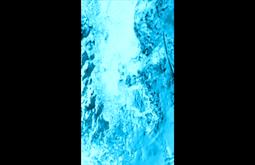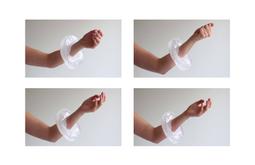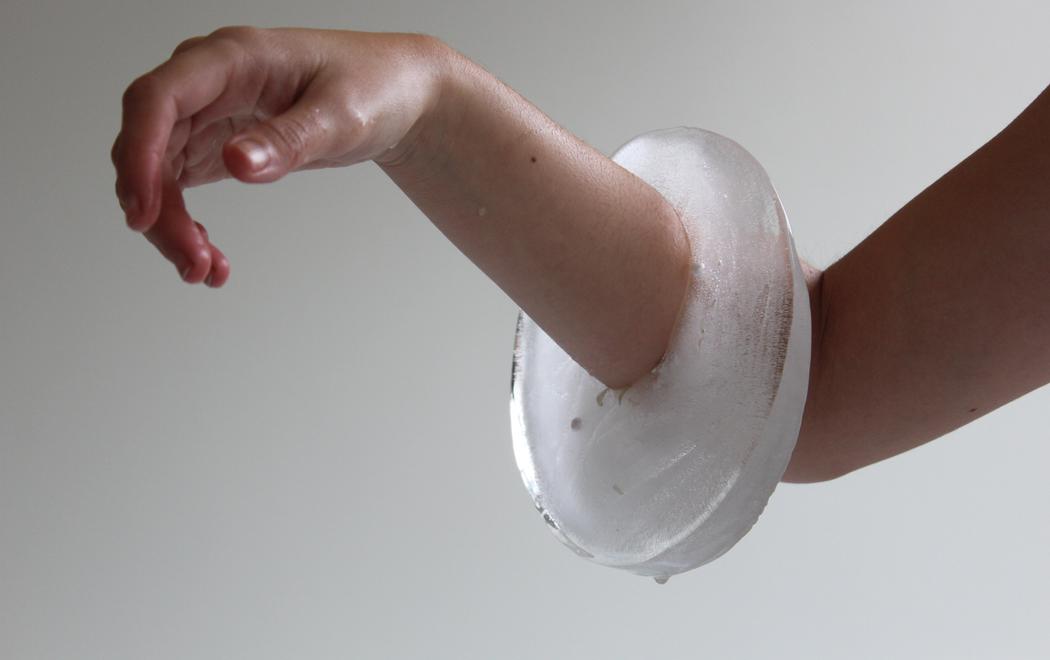"Te Hira has cast a necklace pendant in ice, melting slowly onto her chest. Because of the placement, we can see the pace of her breath and even the mechanism of her throat as she swallows, waiting for the object to make safe passage from a hardened, tangible thing to an ungraspable elemental compound.
For this work, Te Hira collected samples of water from three individual rivers of her whakapapa (genealogy). The documentation of the water is recorded by the wearer but also in the digital image and, by way of extension, by he/she who bears witness—the viewer. For Te Hira, the translation from gallery to online video is difficult, as the physicality of the work is important to her in its communication. Still, what the online videos offer is a lesson in looking and seeing."
The Beauty of Invisible Grief (2017)
Other works by Jasmine Te Hira

Jasmine Te Hira
How Long Does it Take for the Light From the Stars to Reach... (2014)
This body of work seeks to address the tension that sits ‘within’ and ‘between’ the documentation of sacred spaces.

